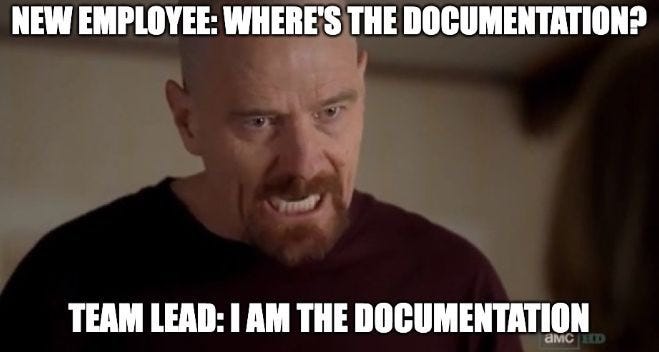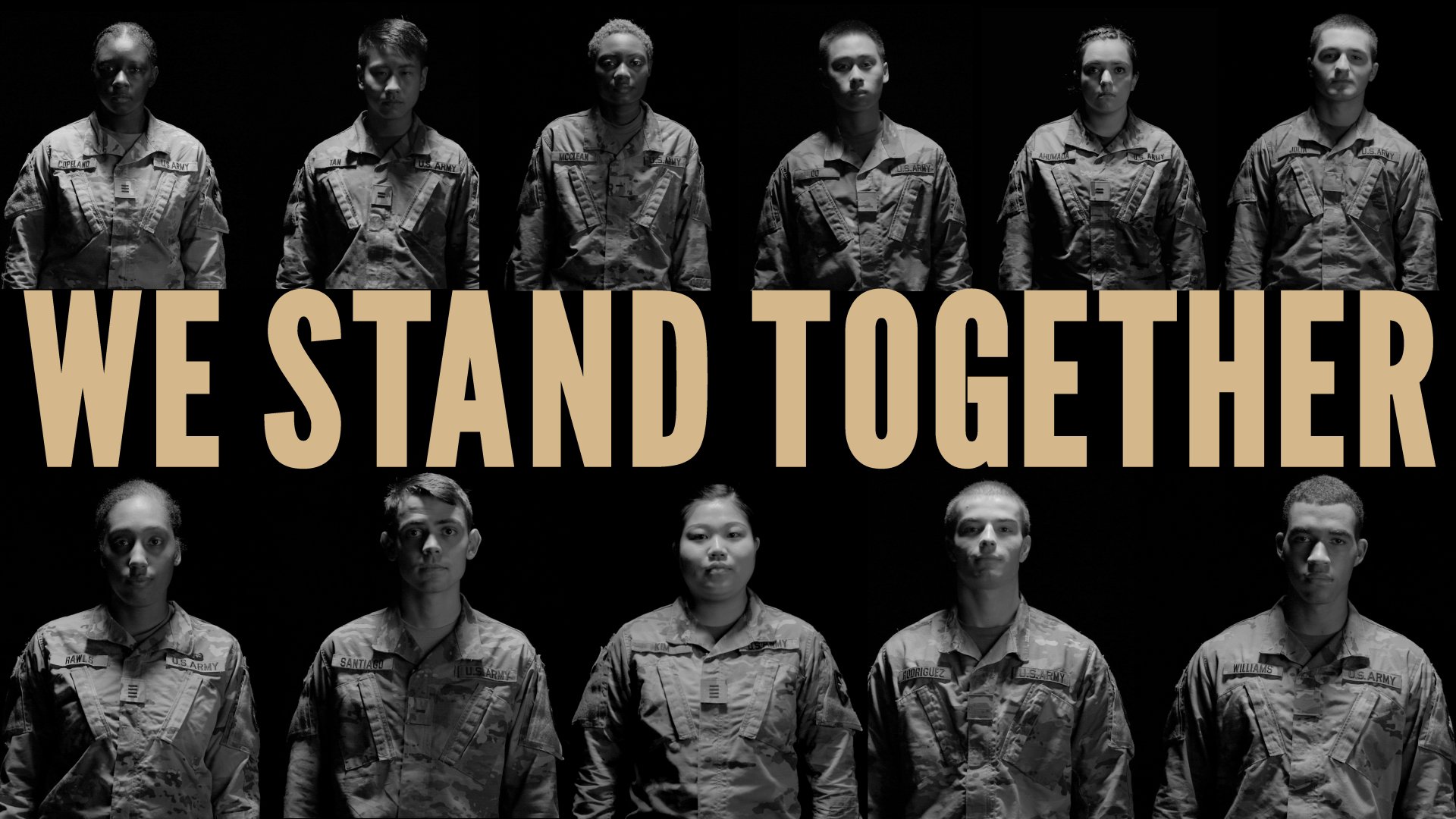I’ve onboarded a number of engineers over the years—DevOps, cloud, security, infrastructure. Smart people. Highly capable. Often running at full tilt from day one. And yet, every time, the real question isn’t “How do I get them up to speed?” but “How do I help them feel like they belong?”
Because here’s the truth: in a fully remote, fully distributed environment, the machinery of onboarding can look perfectly polished while the human part quietly falls apart.
Like most leaders, I’ve leaned on the classic 30-60-90 day plan. It’s structured, familiar, and gives everyone the comforting illusion of progress. “Here’s what you’ll learn in your first month, here’s what you’ll deliver by day 60, and by day 90 you’ll be flying solo.” It’s neat. It’s measurable. It looks good in HR software.
And it’s not enough.
A new engineer doesn’t just need a checklist of tasks—they need to feel seen, trusted, and woven into the team’s fabric. That doesn’t happen on its own. Left to “integrate naturally,” even the most capable engineers end up adrift: technically productive, emotionally disconnected, and quietly wondering if they actually belong here.
The Real Problem
We treat onboarding like an administrative process instead of an emotional one.
We teach the tools, the workflows, the ticketing systems, and the acronyms—but skip over everything that actually makes a team work:
- How decisions really get made (not just the tidy flowchart in Confluence).
- How trust is built when you’ve never shared a physical space.
- Where the “tribal knowledge” hides—the Slack threads, naming conventions, and unspoken landmines.
- Who to ask when you’re stuck—and how to ask without feeling like you’re interrupting someone more important.
A 30-60-90 plan sets expectations. But it doesn’t build belonging.
And belonging is what keeps people engaged when the novelty fades, the systems fail, or the first incident pager goes off at 2 a.m.
Better Ways to Build Connection (Especially Remotely)
These are some practices I’ve used—or wish I’d started much sooner.
1. Pairing and Shadowing
Don’t just tell them to “learn the system.” Let them shadow someone who already knows how to move through it. Infrastructure work is 80% habits and mental models, 20% documentation. Watching how a senior engineer triages an alert or handles a deployment failure teaches more than any wiki page ever will.
2. Introduce the “Human Map”
We diagram our systems obsessively—but rarely our people. Create a lightweight human architecture diagram: who owns what, who to go to for which domain, and how they prefer to be approached (DM, Slack thread, quick huddle). This single artifact dissolves so much of the quiet anxiety that comes from not knowing “who to bother.”
3. Build a Culture of Low-Stakes Questions
In remote teams, every question can feel like a disruption. So people stay silent. Create intentional spaces for “dumb” questions—office hours, a “new folks” Slack channel, or rotating “Ask Me Anything” sessions where senior engineers share how they learned things the hard way. Normalize curiosity, not just correctness.
4. Narrative Over Checklists
Every system has a story. Tell it. Why it was built this way, what trade-offs were made, what scars it carries. Humans don’t retain bullet points—we remember narratives. A good origin story helps new engineers understand not just how things work, but why.
5. Early Wins That Actually Matter
Skip the sandbox projects and “onboarding exercises.” Give them something real—small, scoped, but meaningful. Nothing builds confidence faster than seeing your work land in production and make someone’s life easier.
6. Check-Ins Beyond the Manager
A manager’s 1:1 is critical, but it’s not enough. Belonging happens horizontally. Set up a buddy system, coffee chats, or peer check-ins that don’t revolve around status updates. Integration isn’t something you review—it’s something you live.
The Hidden Layer: Cognitive Load and Connection
For neurodivergent team members—especially those with ADHD or anxiety—the invisible friction of remote onboarding hits harder. Every “just reach out if you need anything” carries an unspoken challenge: navigate ambiguity and social context you can’t see.
Structure helps, but connection heals. The right human scaffolding turns onboarding from a lonely grind into an act of inclusion.
Wrapping It Up
A 30-60-90 plan is a decent skeleton. But without the muscle of human connection, it’s just bones.
Remote onboarding isn’t about producing a self-sufficient engineer in 90 days—it’s about producing a connected one. Someone who understands not just what to do, but where they fit. Someone who’s not just technically competent, but emotionally anchored.
If you want your engineers to thrive—not just survive—you have to design for belonging as deliberately as you design for uptime.
Because culture isn’t just what you say during onboarding.
It’s what a new hire feels when they finally stop apologizing for asking questions.




